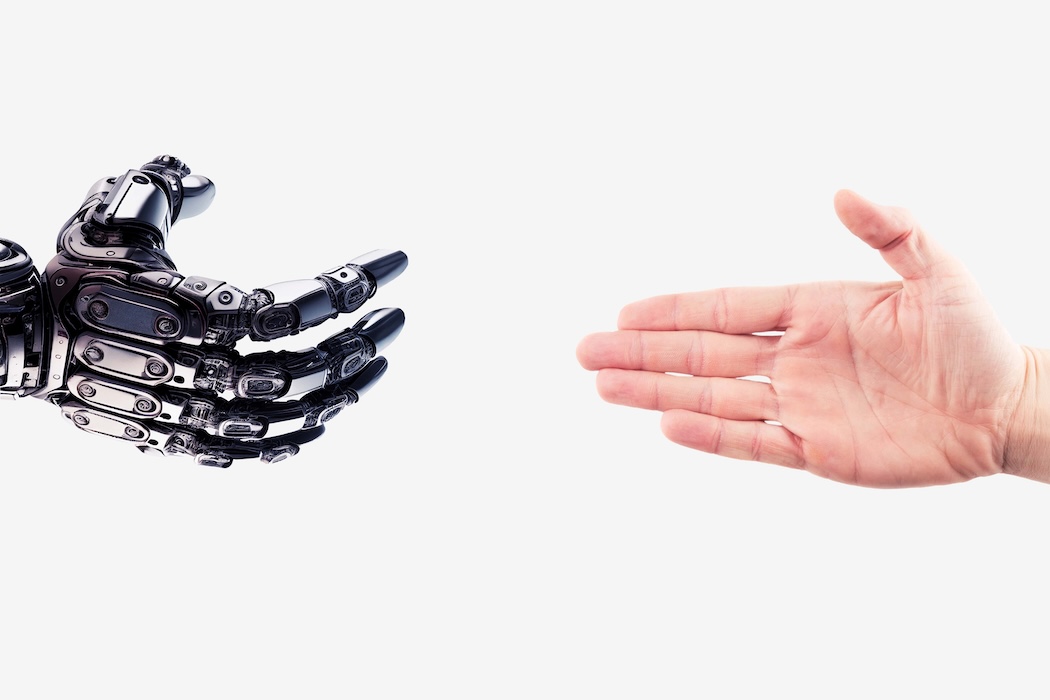We all know what it feels like to work hard and have it go unnoticed. Maybe you pulled together a tricky project last minute, helped a colleague out of a jam, or just consistently showed up with a great attitude—and silence. No email. No nod. Just… the next task.
Unfortunately, that scenario is far too common. In fact, 79% of employees who quit their jobs cite “lack of appreciation” as a key reason (OC Tanner). It’s not just about perks or paychecks. It’s about feeling seen.
That’s where Karma comes in. Our platform is designed to turn appreciation from an afterthought into a daily habit. Because when teams recognize each other’s efforts—not just the big wins, but the everyday contributions—magic happens.
Let’s take a closer look at how Karma puts appreciation into action, and what kind of cultural transformation it can unlock in your workplace.
Why Appreciation Matters More Than Ever
In today’s world of hybrid teams, remote-first companies, and fast-paced change, keeping employees engaged is one of the biggest challenges leaders face.
Appreciation isn’t just a nice-to-have anymore—it’s a critical component of retention, productivity, and company culture.
Here are just a few stats to paint the picture:
- 69% of employees say they would work harder if they felt their efforts were better recognized (Zippia).
- Teams that regularly recognize each other experience 41% higher customer satisfaction and 22% greater productivity (Gallup).
- Organizations with strong recognition programs reduce voluntary turnover by up to 31% (Deloitte).
In short? Gratitude isn’t fluff. It’s a strategic advantage.
What Karma Brings to the Table
Karma helps you build a sustainable, peer-powered recognition culture—without relying solely on top-down praise.
Through our Slack and Microsoft Teams integrations, and the Karma web platform, we make it easy for anyone, at any level, to:
✅ Give kudos with meaning ✅ Align recognition with company values ✅ Create friendly competition with leaderboards ✅ Tie appreciation to rewards ✅ Get actionable insights into how your culture is evolving
This isn’t about one-off compliments. It’s about embedding appreciation into your team’s daily rhythm—and watching culture shift from the inside out.
Recognition in Real Time
With Karma, appreciation isn’t saved for end-of-year reviews. It’s spontaneous, sincere, and immediate.
Picture this: Someone solves a bug, helps train a new hire, or goes the extra mile in a presentation. With just a few clicks, their teammate can send a Karma point, tag a core value, and share a thoughtful message with the team.
It’s public. It’s personalized. And most importantly—it’s timely.
That quick hit of recognition does more than feel good. It reinforces positive behavior and motivates future performance. When employees feel appreciated, they’re 2.7x more likely to be highly engaged at work (Workhuman).
Values in Action
One of Karma’s most powerful features is the ability to tie recognition directly to your company’s values.
Let’s say your company champions “Collaboration,” “Accountability,” and “Curiosity.” Each time a team member gives Karma, they can select the value the behavior represents. Over time, these recognitions build a map of your culture in action.
This creates clarity: employees don’t just know the company’s values—they live them. You can even track which values show up most (and least), helping leadership see how well your aspirational culture matches the real one.
Companies that align recognition to values are more than twice as likely to rate their culture as “outstanding.”
Karma Boards, Badges, and Bragging Rights
Let’s be honest—everyone likes a little friendly competition.
Karma’s leaderboards and badges bring a fun, gamified edge to recognition. Whether it’s a “Karma Champion” of the week or a team that’s earned the most points for “Customer Focus,” these small celebrations build momentum and community.
And because Karma tracks recognition over time, you can easily create monthly, quarterly, or annual awards. No spreadsheets required. Just good vibes and earned celebration.
Bonus? It gets people talking. In companies that use Karma, we consistently see up to 300% more recognition moments after leaderboards are introduced.
Turning Appreciation Into Rewards
Saying thank you is powerful. But sometimes, you want to go a step further.
Karma lets admins create a custom rewards shop, where employees can redeem their Karma points for real perks—gift cards, time off, donations, or even coffee with the CEO. You decide what’s meaningful, and Karma makes it simple to automate.
According to a SHRM report, employees who receive both verbal and tangible recognition are more than twice as likely to be satisfied with their job. So, the next time someone earns a badge and a gift card? That’s culture-building at work.
Built for Distributed Teams
Working across time zones, countries, or even floors of the same office can make recognition feel… distant. That’s where Karma really shines.
Our platform bridges gaps—geographical and social—by keeping recognition visible and accessible to everyone. You can log into the web platform anytime and see a live feed of who’s being celebrated and why. No one is left behind.
Remote workers who feel recognized are 63% more likely to stay with their company for the next three years. Karma ensures every employee, whether they’re in an HQ office or on a laptop halfway across the globe, feels like they matter.
Data That Drives Culture
Culture might feel intangible—but Karma gives you the tools to see and shape it.
Our analytics dashboard lets you track:
- How much recognition is happening (and where)
- Who is being recognized—and who isn’t
- What values are most aligned with daily actions
- Recognition trends across departments and teams
These insights don’t just help you celebrate wins. They help you spot gaps, improve inclusion, and make recognition more equitable.
For example, one mid-sized tech company using Karma discovered that recognition was heavily skewed toward extroverted, client-facing teams. Using Karma’s insights, they launched a campaign to spotlight behind-the-scenes contributors—and employee satisfaction scores rose by 18% in just one quarter.
Karma in Action: A Real-World Example
Let’s take a quick look at a real-life example.
At a fast-growing SaaS company with remote teams across five countries, leadership was struggling with disengagement and low morale. People were doing great work—but it was mostly invisible.
After implementing Karma:
- Peer-to-peer recognition increased 400% in three months
- The most-used company value tagged was “Empathy”
- Team members began actively using Karma to highlight cross-functional wins
- Turnover dropped by 21% by the end of the year
It wasn’t about gimmicks. It was about building a culture of appreciation, one Karma at a time.
Final Thoughts: Building a Workplace That Feels Good to Be In
Let’s be real—most people don’t remember what was said in their last quarterly review. But they do remember the teammate who thanked them for staying late to help. The Slack message that recognized their creativity. The Karma point that acknowledged their growth.
That’s what builds loyalty. That’s what builds culture.
With Karma, appreciation becomes easy, visible, and contagious. It moves from “we should do this more” to “we can’t imagine working without it.”
If you’re ready to build a workplace where people feel seen, celebrated, and motivated every day—not just when the big projects end—Karma is ready to help.
Start Your Culture Shift Today
Ready to put appreciation into action?
👉 Explore the Karma Web Platform 👉 Try Karma on Slack 👉 Try Karma on MS Teams 👉 Try Karma on Telegram


 What Karma Recognition Brings to Your Workplace
What Karma Recognition Brings to Your Workplace